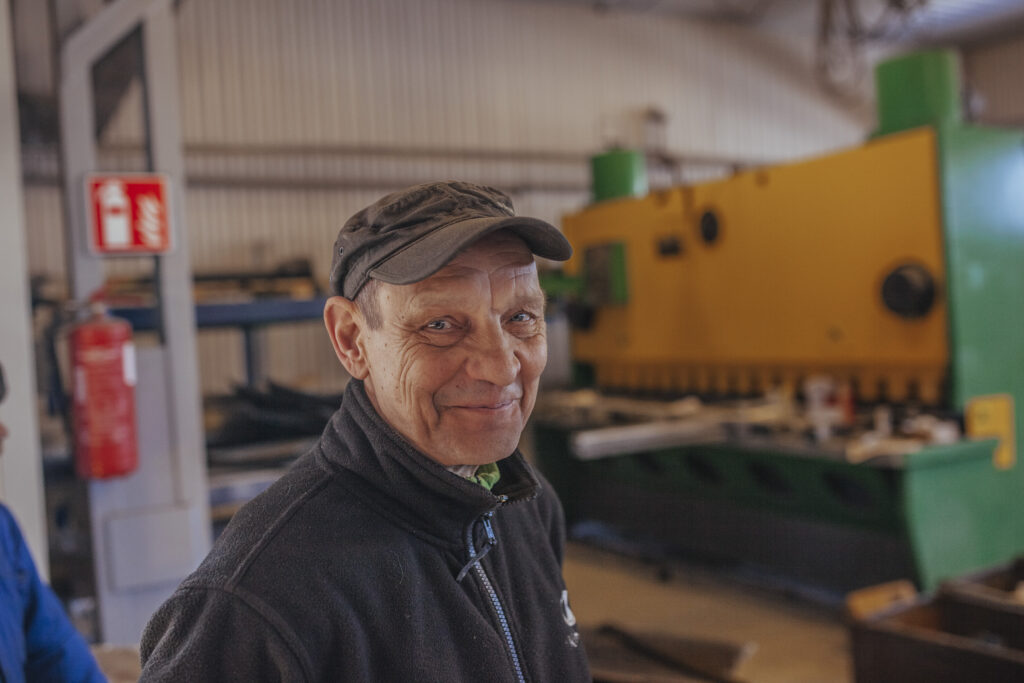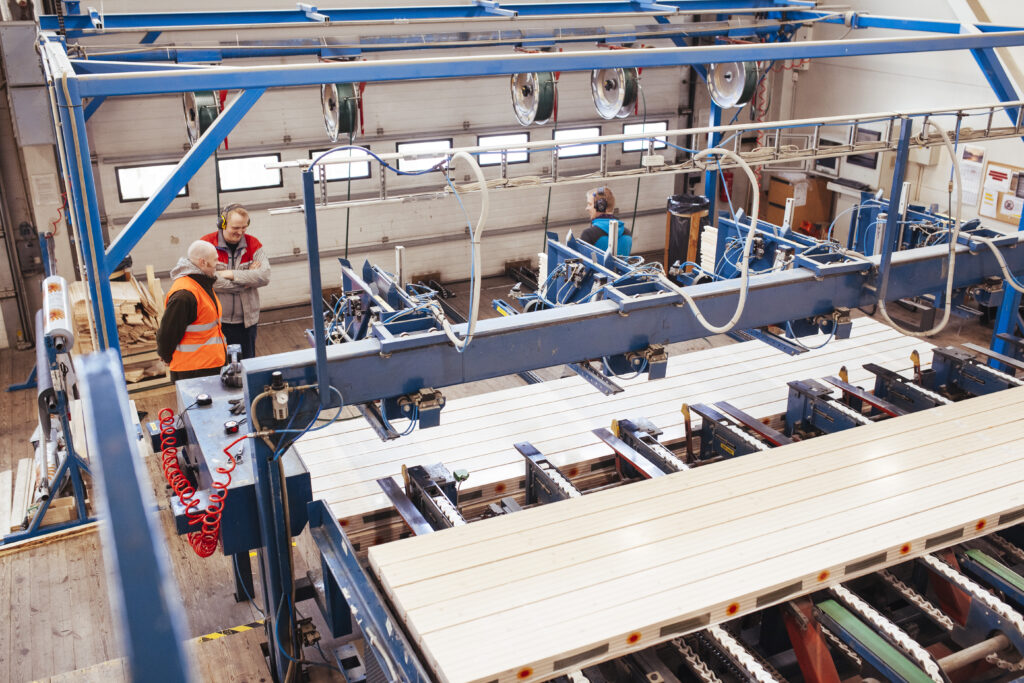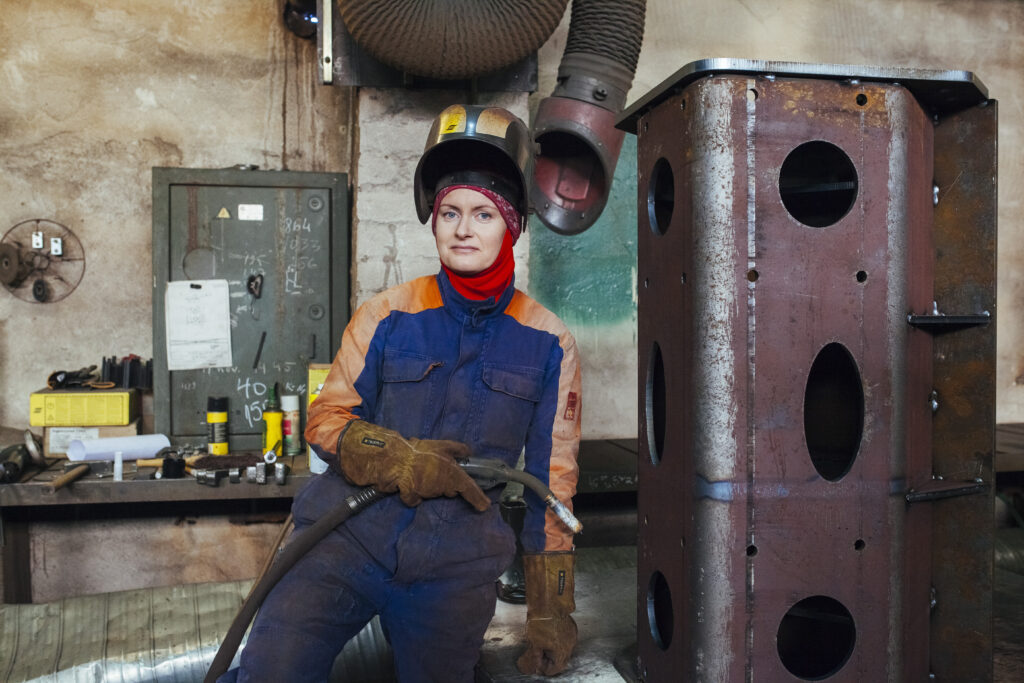When considering future competitiveness, Estonia stands out among other countries by the digitalisation of its public sector and data usage, as well as excellent education; however, the regenerative capacity of Estonia’s economy is only average, according to a recent report.
The report, “Future Factors of National Competitiveness”, compiled by the Foresight Centre, an independent think tank at the Estonian parliament, also says the country will be challenged to make the welfare state work in an ageing society.
“Estonia rose four places from the 26th to the 22nd on the Swiss IMD Institute’s World Competitiveness Ranking, which compared 63 countries. Estonia’s assets include entrepreneur-friendly tax system and business environment as well as high quality education. Estonia’s competitiveness also benefits from the global perspective of our government and businesses, and integration into international networks,” according to a statement by the Foresight Centre.
The head of research at the centre, Uku Varblane, said the main challenge in retaining Estonia’s competitiveness in the future was to ensure the functioning of the welfare state in an ageing society.

Productivity lags behind the increasing labour costs
“Estonia is already placed among the bottom third of EU countries insofar as expenses on social protection and health care are concerned. Considering the ageing population, even more attention needs to be given in the future to organising these fields sustainably,” Varblane said, elucidating the factors that threatened Estonia’s competitiveness.
In international comparisons, a red flag for Estonia is the low rise in productivity, which lags behind the increase of labour costs.
“A rapid increase of labour costs does not harm national competitiveness, providing the businesses are able to continue increasing production at the same pace. However, in Estonia, productivity has grown at a lesser speed than labour costs,” he noted.
“Because of the demographic situation in Estonia, the increasingly critical challenge of the next decade would be how we manage to ensure the international competitiveness of our businesses despite the salary pressure caused by labour shortage,” Varblane pointed out.

Emission volumes 1.6 times higher than the EU average
Between 2014 and 2020, labour costs increased in Estonia by 40%, while labour productivity only increased 27%. In Latvia, the relevant indicators were +55% and +33%, and in Finland, +6% and +15%. A positive deviation from the earlier trend was the year 2021, when labour productivity grew 18% in Estonia and significantly exceeded the growth of labour costs (+2%), as the preliminary results show.
Other crucial aspects for long-term competitiveness include digitalisation and transfer to a more sustainable economy. Although the emission volumes of Estonian businesses are decreasing, these remain 1.6 times higher than the EU average. In the digital economy and society index, Estonia is on a high ninth place among the EU countries, and yet it has fallen behind most EU countries in the digitalisation of businesses.
“Clearly, the digitalisation level of Estonia’s businesses has increased at a slower pace than in other countries of similar level of development,” Varblane said.
In the future, national competitiveness is determined by a wider array of factors than has been considered so far. In its latest report, the Foresight Centre examines nine factors: for three of these, Estonia is performing well; for other three, the situation is average; and for the remaining three, Estonia is at a disadvantage.

